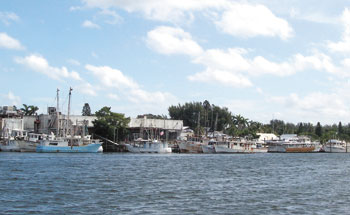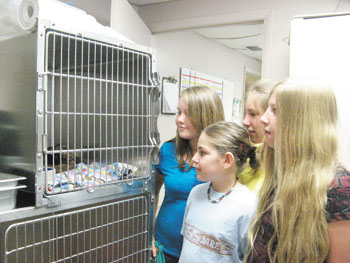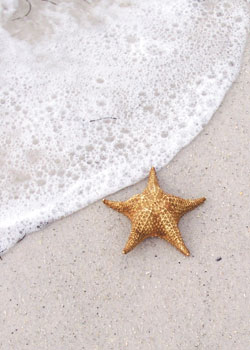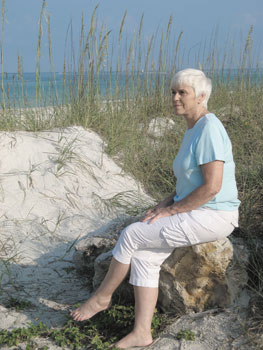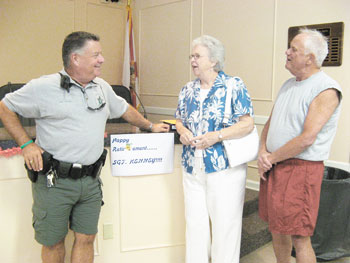The Anna Maria Island business community may get one year to prove that it can raise enough money to keep the free trolley from becoming the $1-a-day trolley, and community leaders are confident they can do it.
County Administrator Ed Hunzeker recommended Thursday night that Manatee County commissioners consider the Save Our Trolley plan as an alternative to his original county budget-cutting proposal, a $1-a-day trolley fee.
Save Our Trolley, a cooperative effort among businesses, residents, tourists and governments, would raise funds with a two-day festival patterned after the Cortez Commercial Fishing Festival, said David Teitelbaum, Island hotelier, vice chairman of the Manatee County Tourist Development Council (TDC) and an Anna Maria Island Chamber of Commerce director.
"We’re good at festivals at the Chamber. We can have a two-day blowout," he said. "The trolley is extremely important to us. It’s for people who work there. It keeps the cars off the road. The tourists love it."
Funds also could be raised through donation boxes on the trolleys, recognition of large donors and sponsorship opportunities to name the trolleys for a year.
"I think their proposal is an excellent proposal," Hunzeker said.
"This is an excellent start and possibly a finish to this problem," Manatee County Commissioner and former Bradenton Beach Mayor John Chappie agreed.
Funding sources
The trolley costs $900,000 a year to operate, $800,000 of which is funded by grants, leaving a $100,000 annual deficit, Hunzeker said. Manatee County’s transit department pays $50,000, the Bradenton Area Convention and Visitors Bureau pays $26,000 from tourist tax funds, and the cities of Anna Maria, Bradenton Beach and Holmes Beach pay $8,000 each.
Commissioners should keep the current allocations in place for a year to give Save Our Trolley a chance to raise its portion of the $100,000 that could have been generated by a $1-a-day fee, he said.
Its portion would be based on ridership, splitting the $100,000 between the Island community and the CVB based on how many residents and tourists ride the trolley.
Current estimates are that 60 percent of riders are residents and 40 percent are tourists, which would leave the Island with $60,000 to raise and the CVB with $40,000 to pay. New passenger surveys would have to be averaged over a year to determine the exact percentage each would pay, Hunzeker said.
For fiscal year 2010, the county would pay its $50,000 share and the CVB would pay its $26,000 share, although it has already deleted it from its proposed budget. The three Island cities also would have to agree to continue paying their $8,000 apiece, Hunzeker said, adding that he would contact the mayors himself about the plan.
If the commission decides against both the Save Our Trolley and the $1-a-day options, tourist tax marketing funds would have to cover the $100,000, Hunzeker said, predicting that the TDC would not recommend that the commission reduce the CVB’s marketing budget to subsidize Island residents who ride the trolley.
An extra penny was added to the tourist tax on June 1, much of it allocated for marketing.
Spending tourist tax marketing funds on the trolley would be appropriate, as the trolley is a marketing tool, Manatee County Commission Joe McClash said, adding, "Without the trolley, what happens to the marketing program?"

